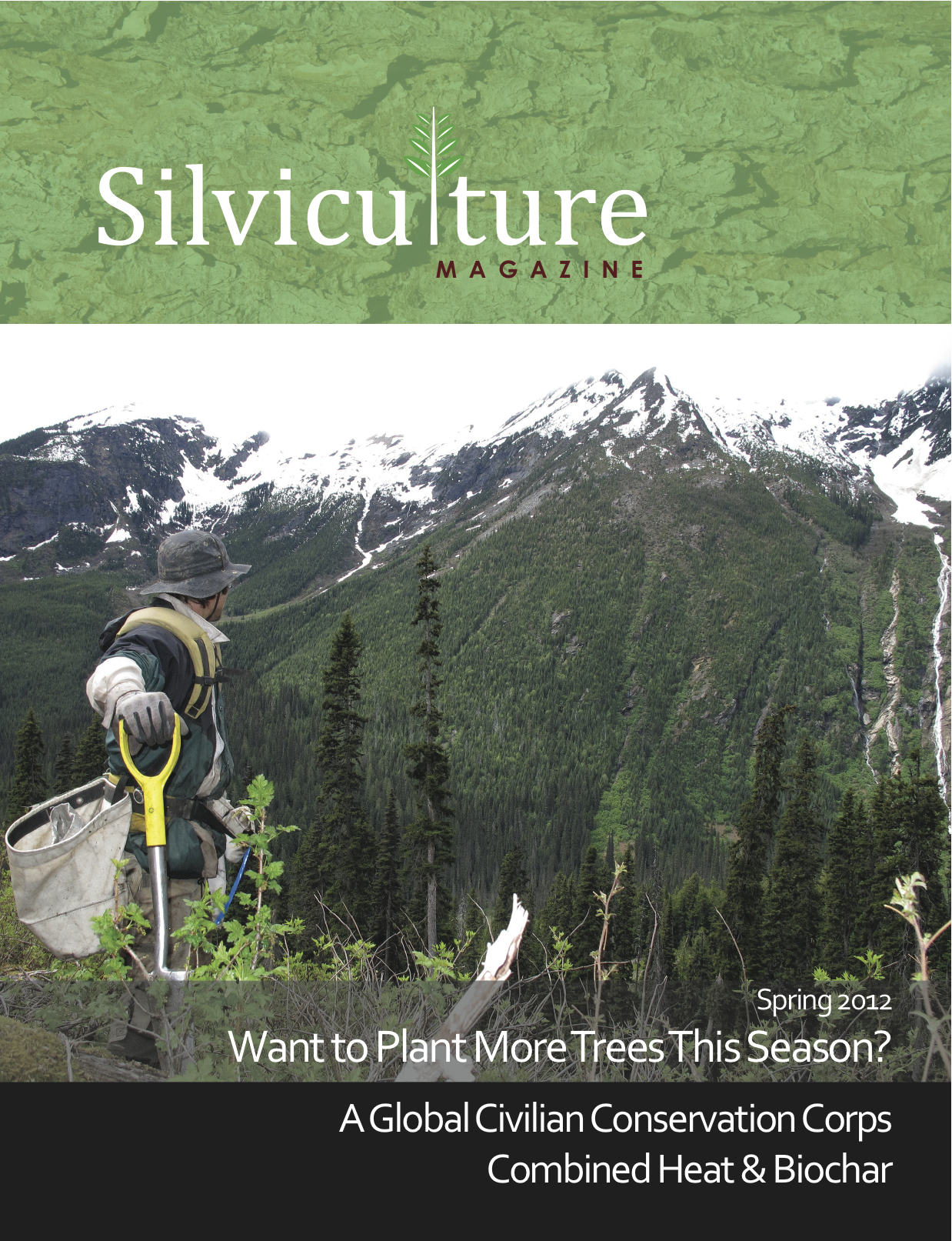Want to plant more trees this season? Then work harder.
Research on exertion and productivity in planters. Does production increase with experience? Are faster planters exerting themselves more? Are experienced planters more efficient (less exertion for a given production speed)? Exploring the research of exercise physiologist Alastair Hodges.
The physical nature of reforestation work is painfully obvious to anyone who has spent at least one day working as a tree planter. Tree planters like to consider that the work is the most difficult job in Canada, and that the job is as physically demanding as running a marathon every day. But, perhaps due to the isolated workplace, there has been a relative paucity of data on the physiological, metabolic, or psychological demands of the work.

